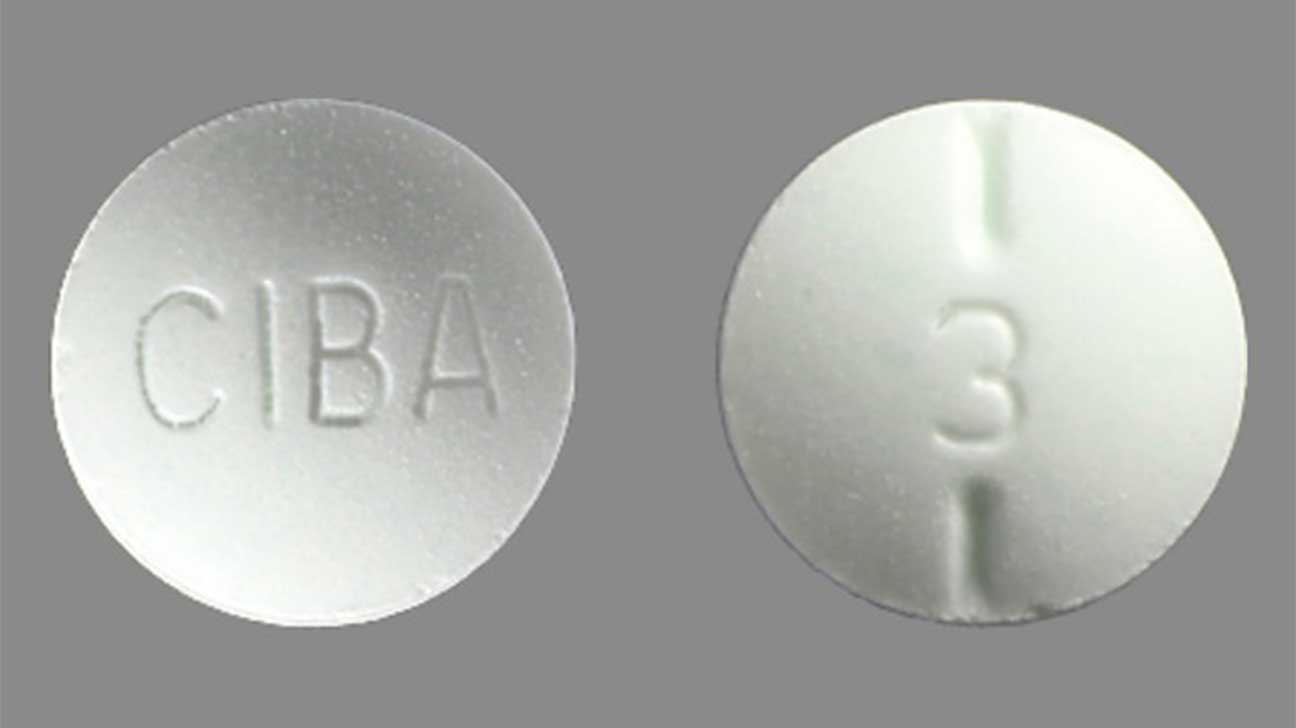What Do Ritalin (Methylphenidate) Pills Look Like?
Ritalin is produced as a small, round pill in white, yellow, or pale green coloration stamped with “CIBA” and a dosage code. As a potent and potentially addictive prescription drug and controlled substance, Ritalin should not be misused or taken without a prescription.

Ritalin is one brand name for the amphetamine-class drug methylphenidate.
As a potent, immediate-release central nervous system stimulant, Ritalin is primarily used to treat attention deficit hyperactivity disorder (ADHD) and narcolepsy by increasing dopamine activity in those who use it.
However, Ritalin is also commonly misused outside of the medical system and is readily available for recreational abuse, especially among high school students, college students, and other young adults.
Ritalin Pill Identification
Ritalin comes as a small, round pill with “CIBA” stamped on one side, representing the original name of the manufacturer (currently Novartis), and partial scoring on the top and bottom of the reverse side.
Each dosage of Ritalin also has distinctive color and imprint:
- 5 mg tablets: yellow and stamped with “7”
- 10 mg tablets: pale green and stamped with “3”
- 20 mg tablets: white or yellow and stamped with “34”
Ritalin LA Identification
Ritalin LA, which stands for long-acting, is an alternative extended-release form of the medication formulated for a longer duration of effect.
Ritalin LA comes as capsules printed with “NVR” in dosage-specific colors:
- 10 mg capsules: white/brown with “R10” text
- 20 mg capsules: white with “R20” text
- 30 mg capsules: yellow with “R30” text
- 40 mg capsules: brown with “R40” text
- 60 mg capsules: brown/yellow with “R60” text
Ritalin Side Effects
Ritalin is classified as a Schedule II controlled substance by the FDA and DEA. This is the same classification awarded to methamphetamine, and indicates that Ritalin has a high potential for abuse and can lead to various side effects.
Common Side Effects
The most common side effects of Ritalin use include headache, stomachache, reduced appetite, nausea, nervousness, trouble sleeping, mood swings, sweating, elevated heart rate, fever, dizziness, and weight loss.
These effects may be increased if the drug is taken in high doses or in other ways than intended, and other uncommon but severe side effects and adverse reactions are also possible.
Severe Side Effects
Tell your healthcare provider if you experience dry mouth, signs of circulation problems in the fingers or toes (Raynaud’s phenomenon), pounding or irregular heartbeat, chest pain, mental health changes like psychosis, muscle twitching or shaking (tics), sudden outbursts similar to Tourette’s syndrome, or blurred vision (glaucoma).
Ritalin Warnings & Precautions
Ritalin can interact dangerously with a type of antidepressant drug known as MAO inhibitors (MAOIs), as well as alcohol and anesthetics. It can also be dangerous and potentially lethal in cases of overdose.
Stimulant drugs also carry risks for those with a family history of medical conditions relating to heart problems (heart disease, heart attack, and high blood pressure).
If used by children or adolescents, Ritalin may temporarily delay normal growth, though this can be managed by healthcare professionals.
Ritalin is known to pass into breast milk in small amounts but is not currently known to produce adverse effects. It is considered compatible with normal breastfeeding.
Ritalin Drug Abuse
Unfortunately, Ritalin is commonly diverted and misused as a recreational drug, study aid, and weight loss drug.
However, Ritalin abuse can cause escalating physical dependence, tolerance, withdrawal symptoms, and the lasting behavioral and mental health changes that mark drug addiction/substance use disorder.
Treatment options for stimulant use disorders generally begin with medical detoxification to safely manage the process of Ritalin withdrawal.
Detox is followed by inpatient or outpatient treatment with cognitive behavioral therapy, counseling, dual diagnosis treatment for co-occurring mental health disorders, peer support, and aftercare.
To learn about our residential treatment options, please contact Ohio Recovery Center today.
- Drug Enforcement Administration (DEA) https://www.deadiversion.usdoj.gov/drug_chem_info/methylphenidate.pdf
- National Library of Medicine: MedlinePlus https://medlineplus.gov/druginfo/meds/a682188.html

